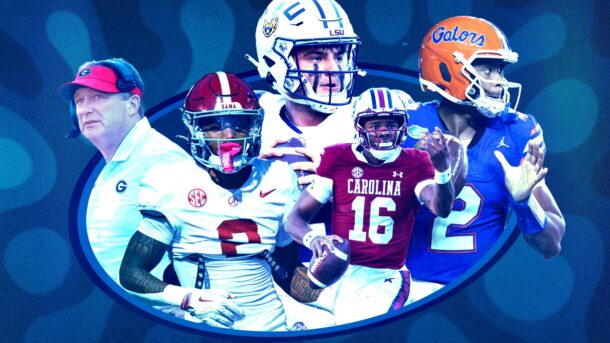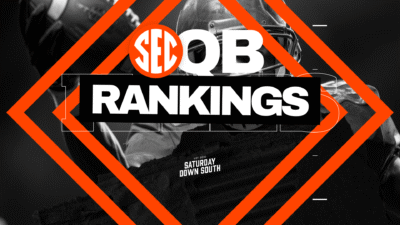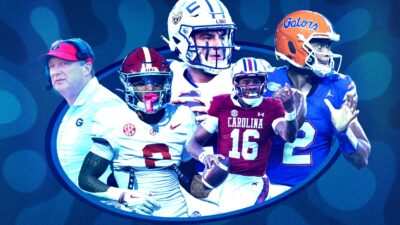While the NFL came out and finally acknowledged the link between C.T.E. and playing football, many researchers want to pump the brakes a little.
A story published by the New York Times on Sunday states that scientists are trying to make it clear that there’s still a lot more work that needs to be done to answer specific questions like the level of risk each player has of getting chronic traumatic encephalopathy, and why some players seem more vulnerable to the degenerative brain disease that’s getting headlines everywhere.
The American Academy of Clinical Neuropsychology, an organization of brain injury specialists, is preparing a public statement to alert people to the fact that the understanding of C.T.E. is not ironclad and that a lot of the research that’s been made public shouldn’t lead to parents going as far as preventing their children from playing sports.
A lab headed by Dr. Ann McKee in Boston University’s medical school, which has reportedly gathered the largest C.T.E. brain bank in the world, points out that it’s not just football, but also hockey, rugby and soccer that put athletes at risk.
The risk is real but not completely understood at this point in time. Some athletes have even been found to have the disease but not its related symptoms.
You can read the story in its entirety here.
Born and raised in Gainesville, Talal joined SDS in 2015 after spending 2 years in Bristol as an ESPN researcher. Previously, Talal worked at The Gainesville Sun.






